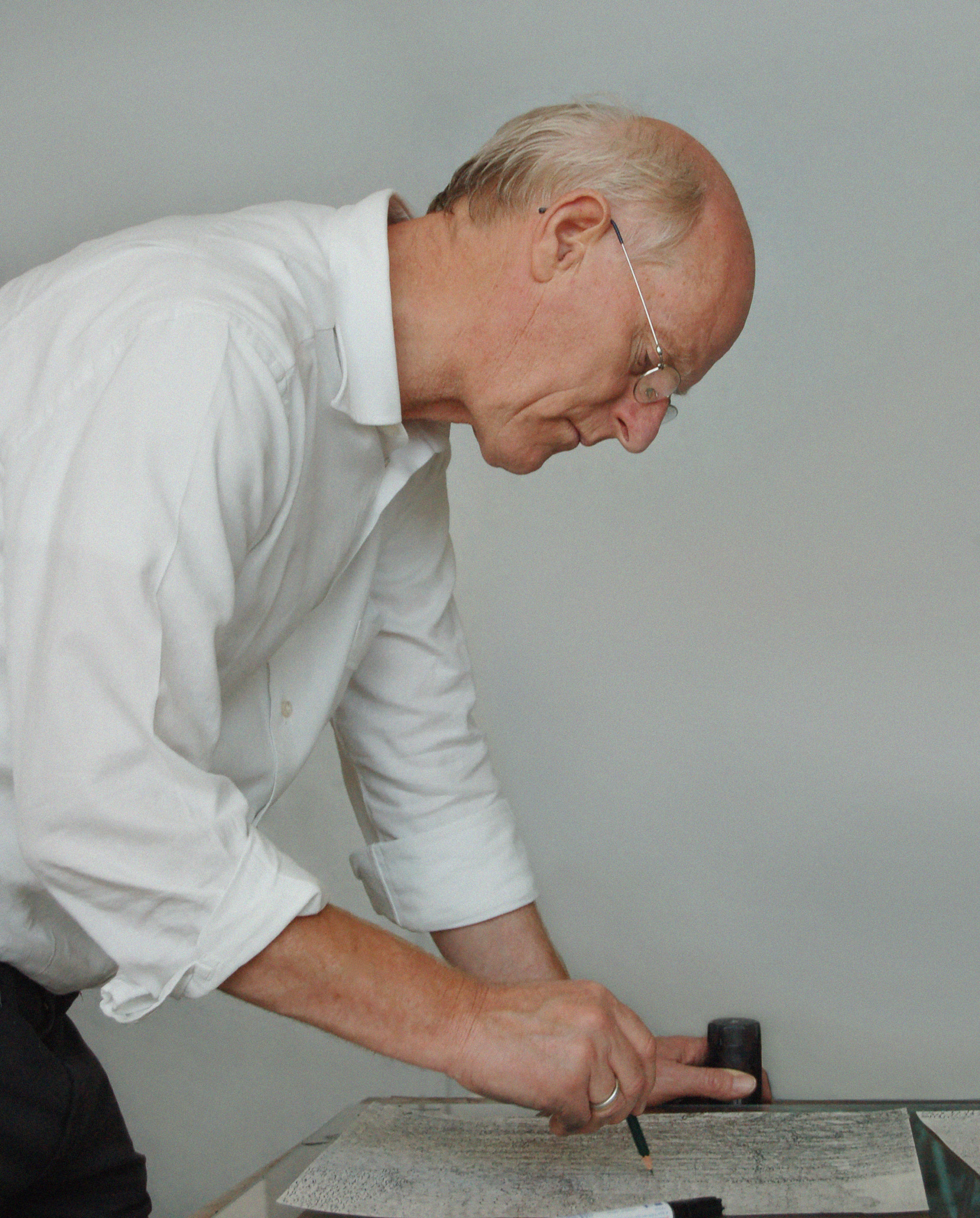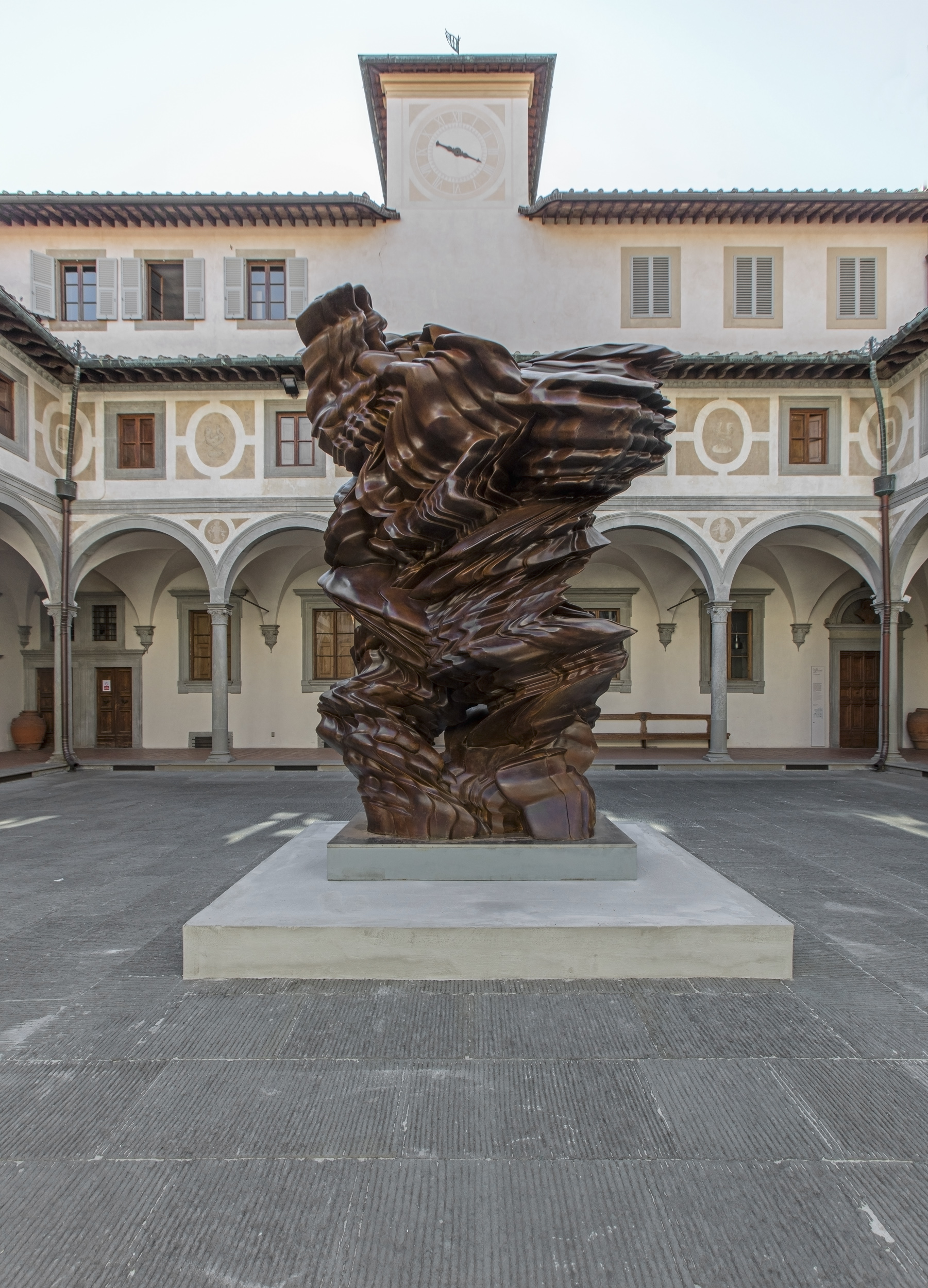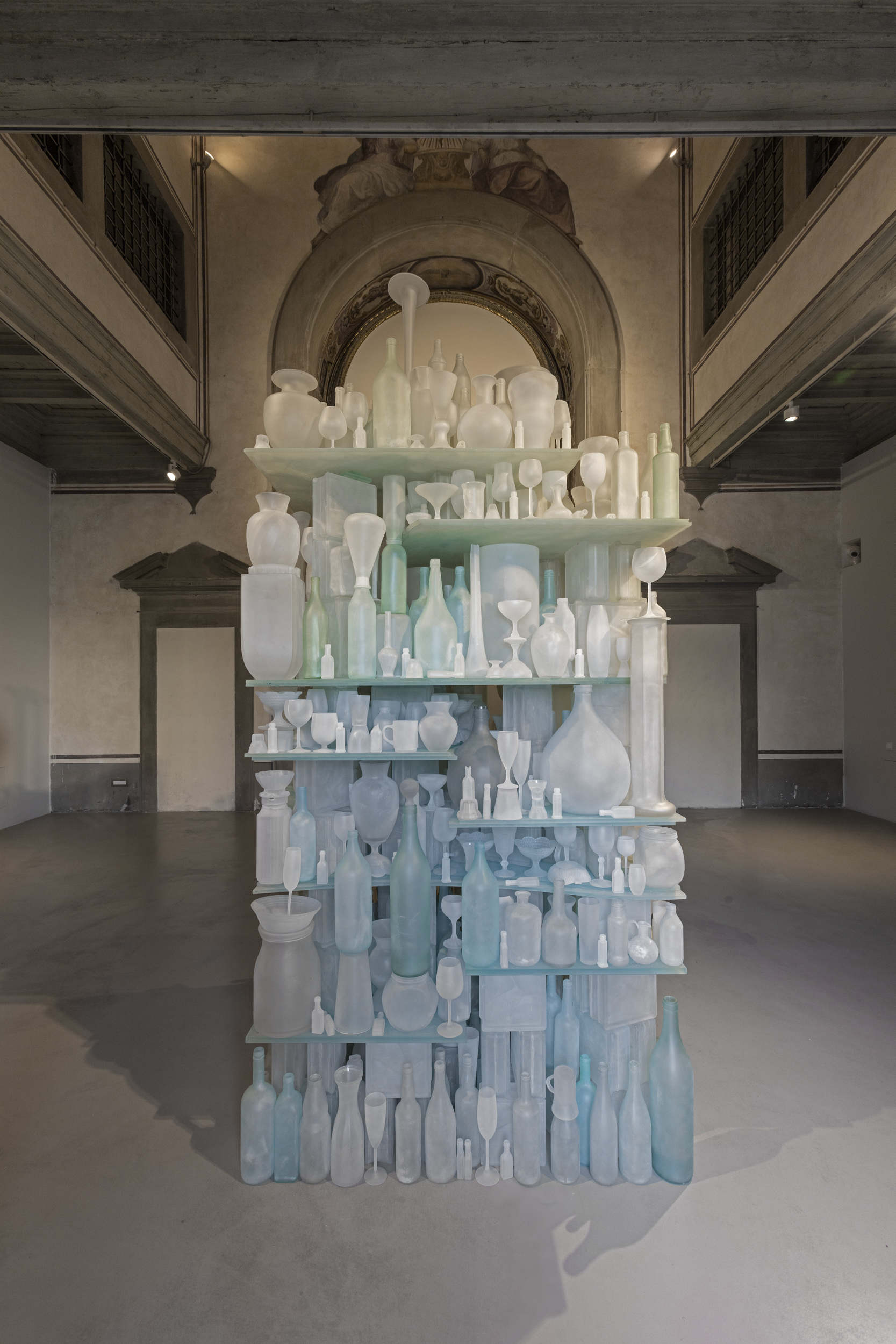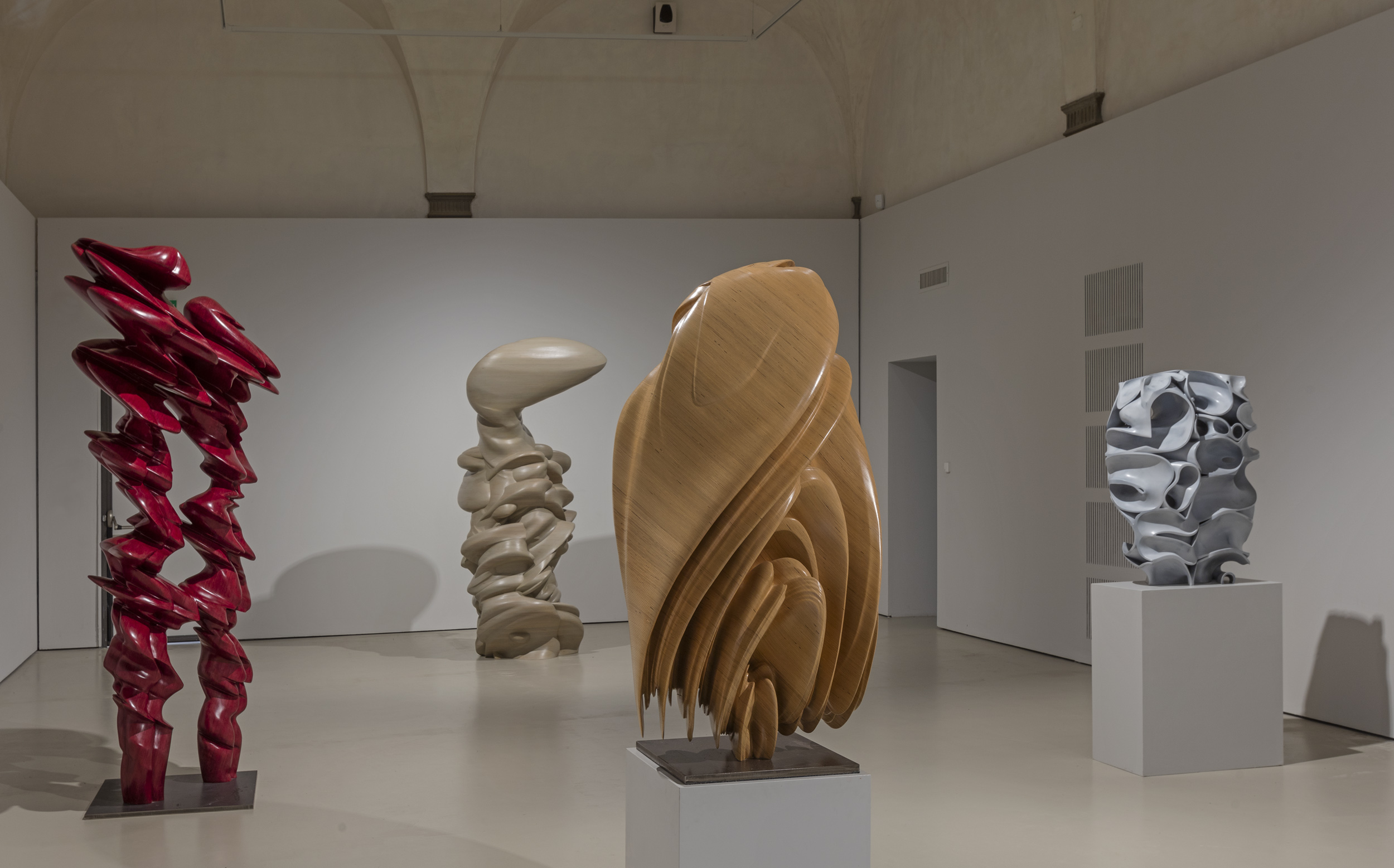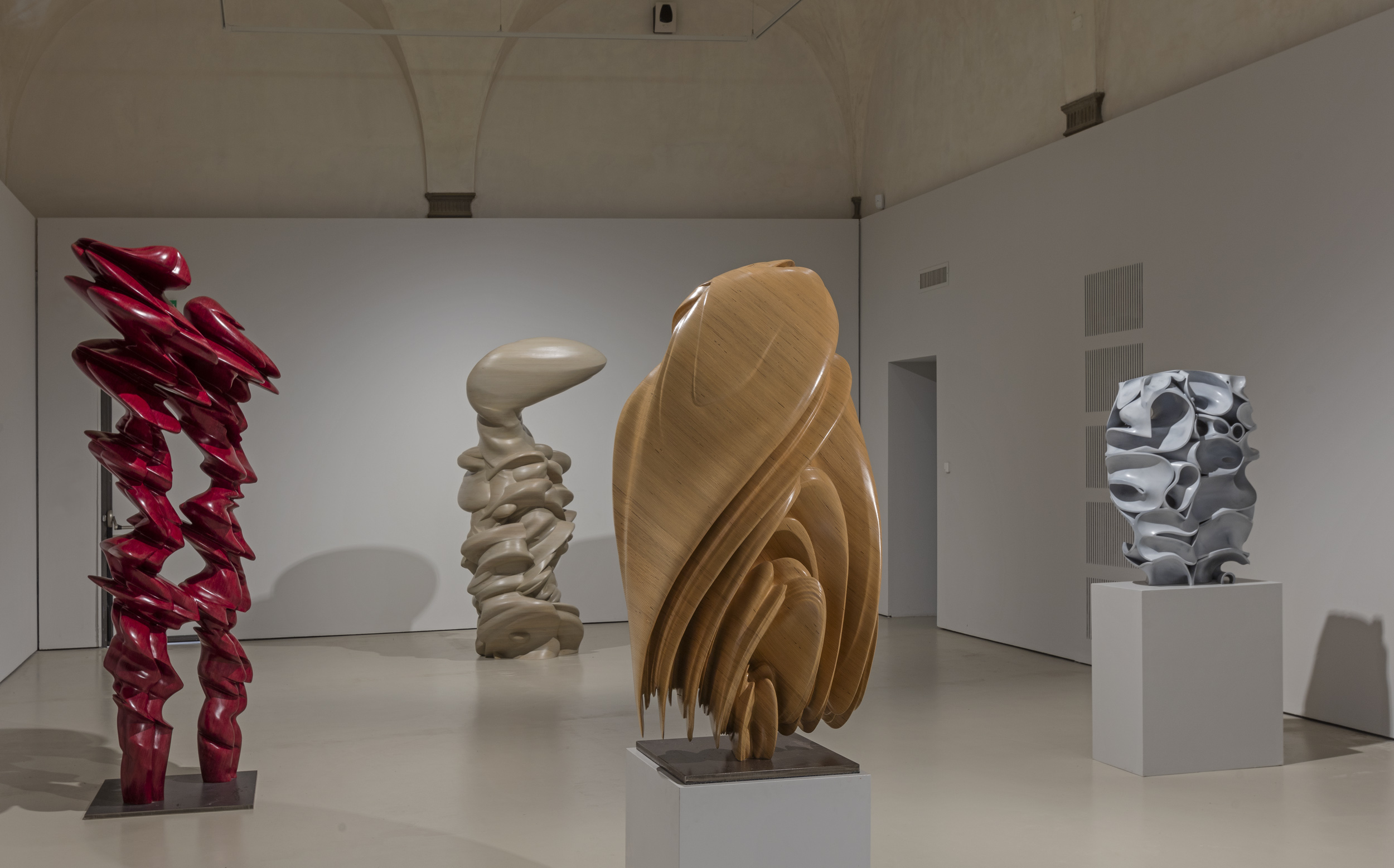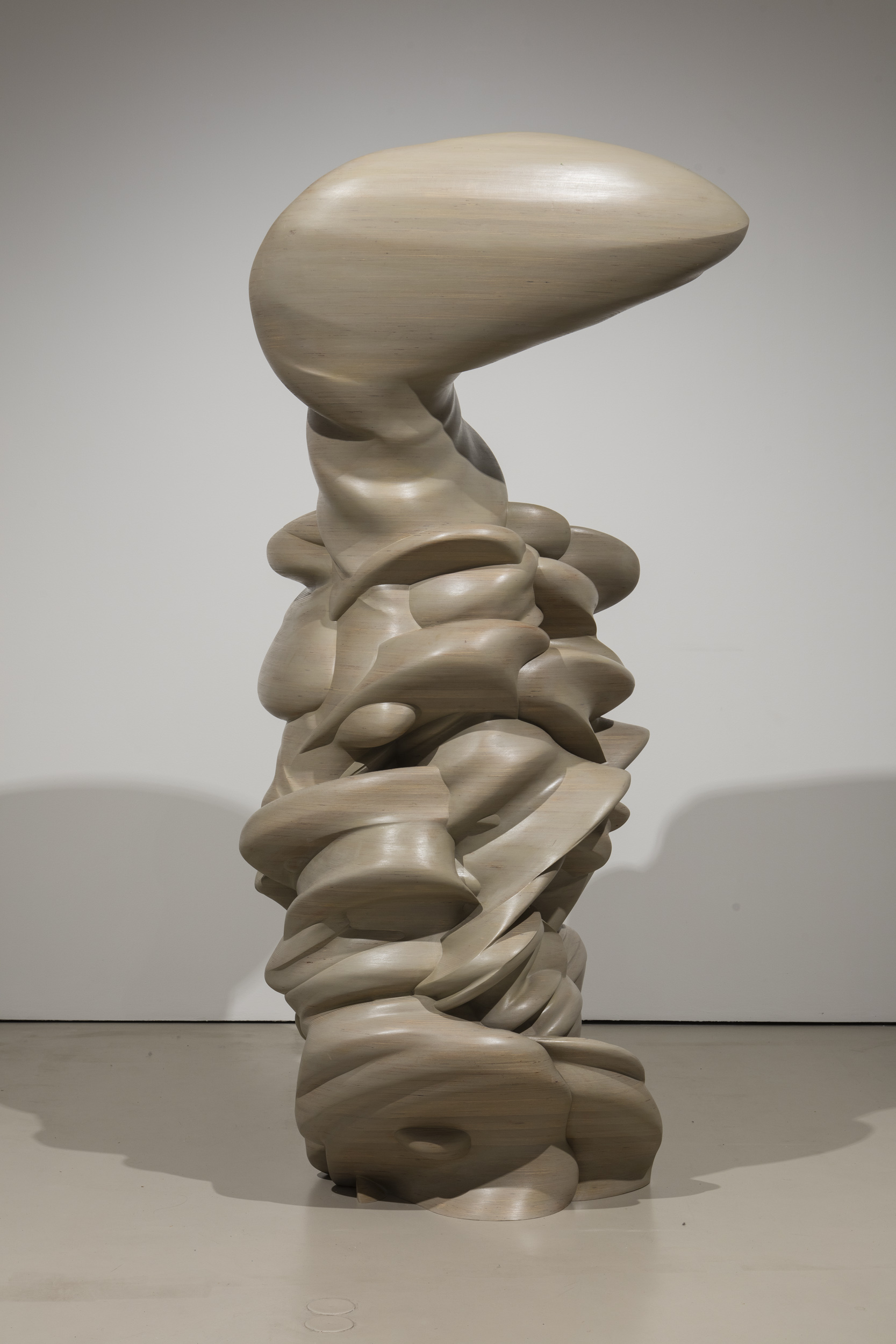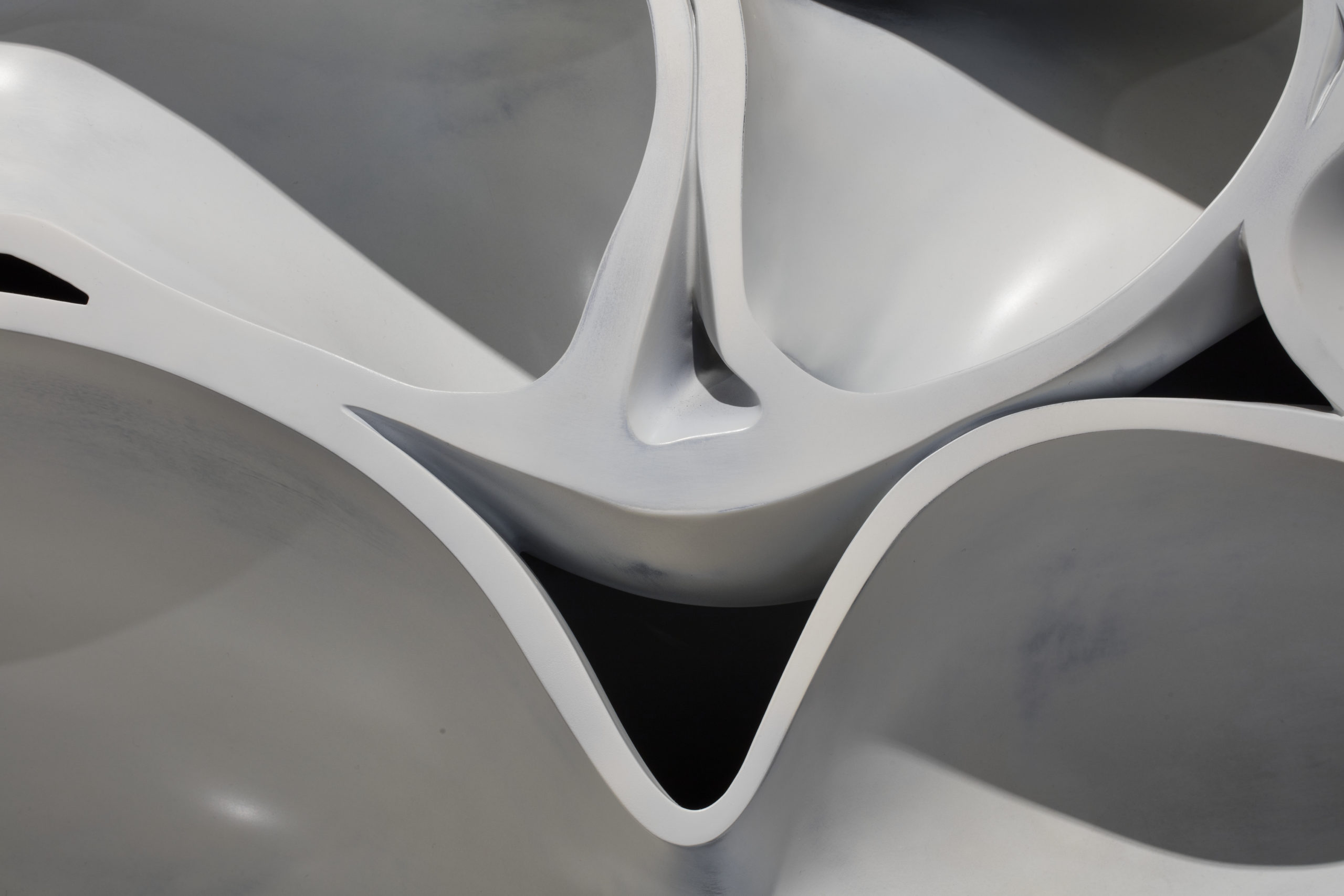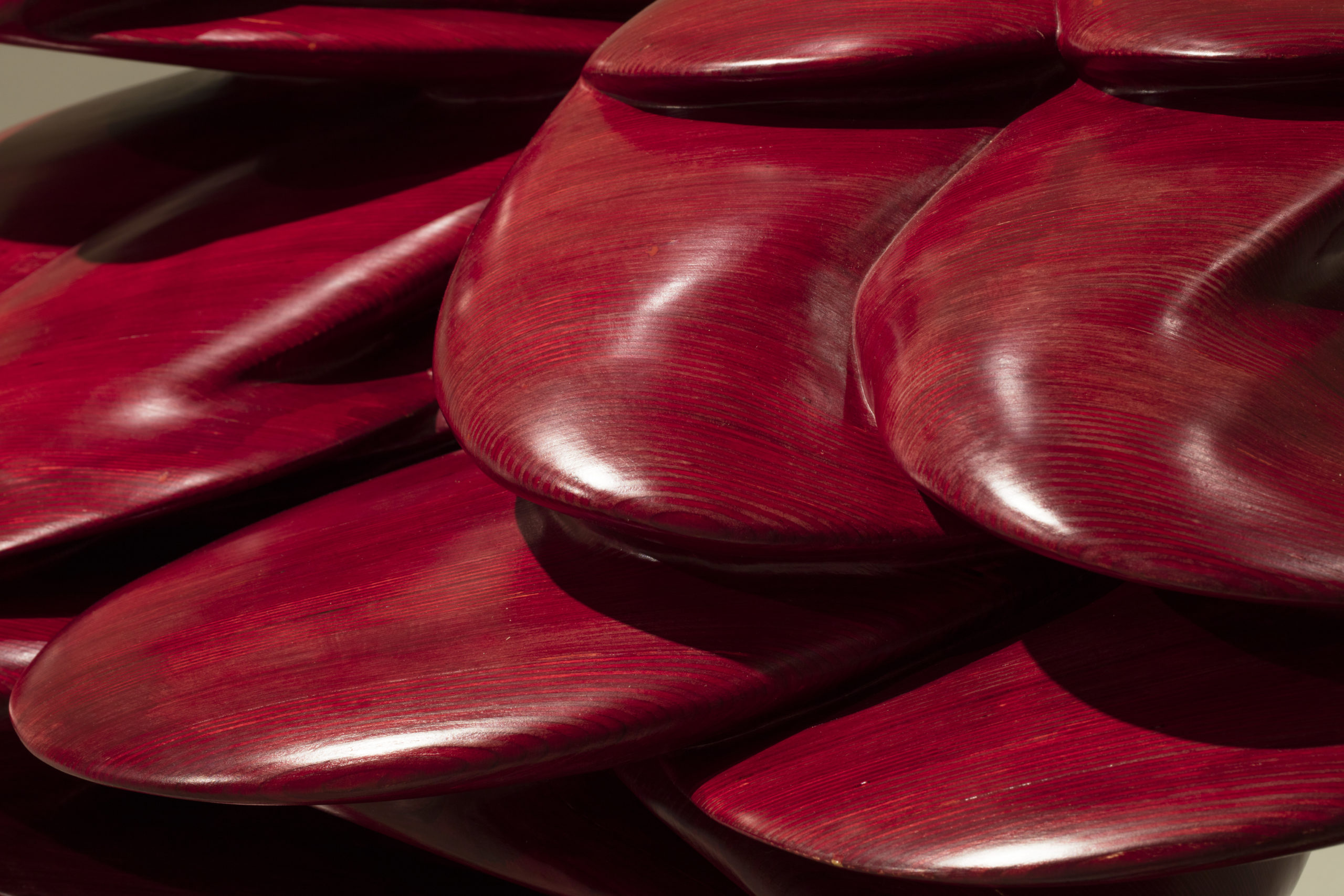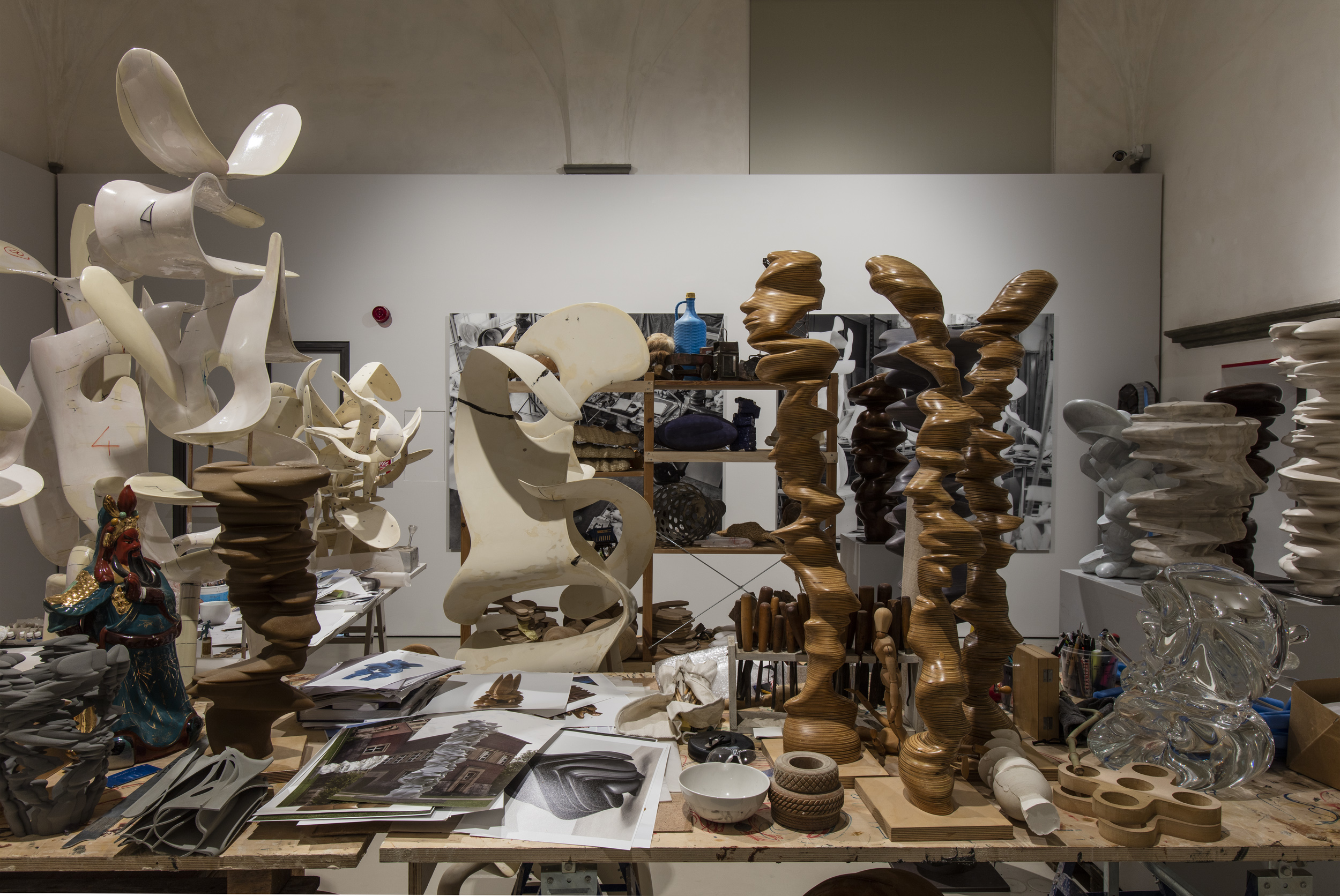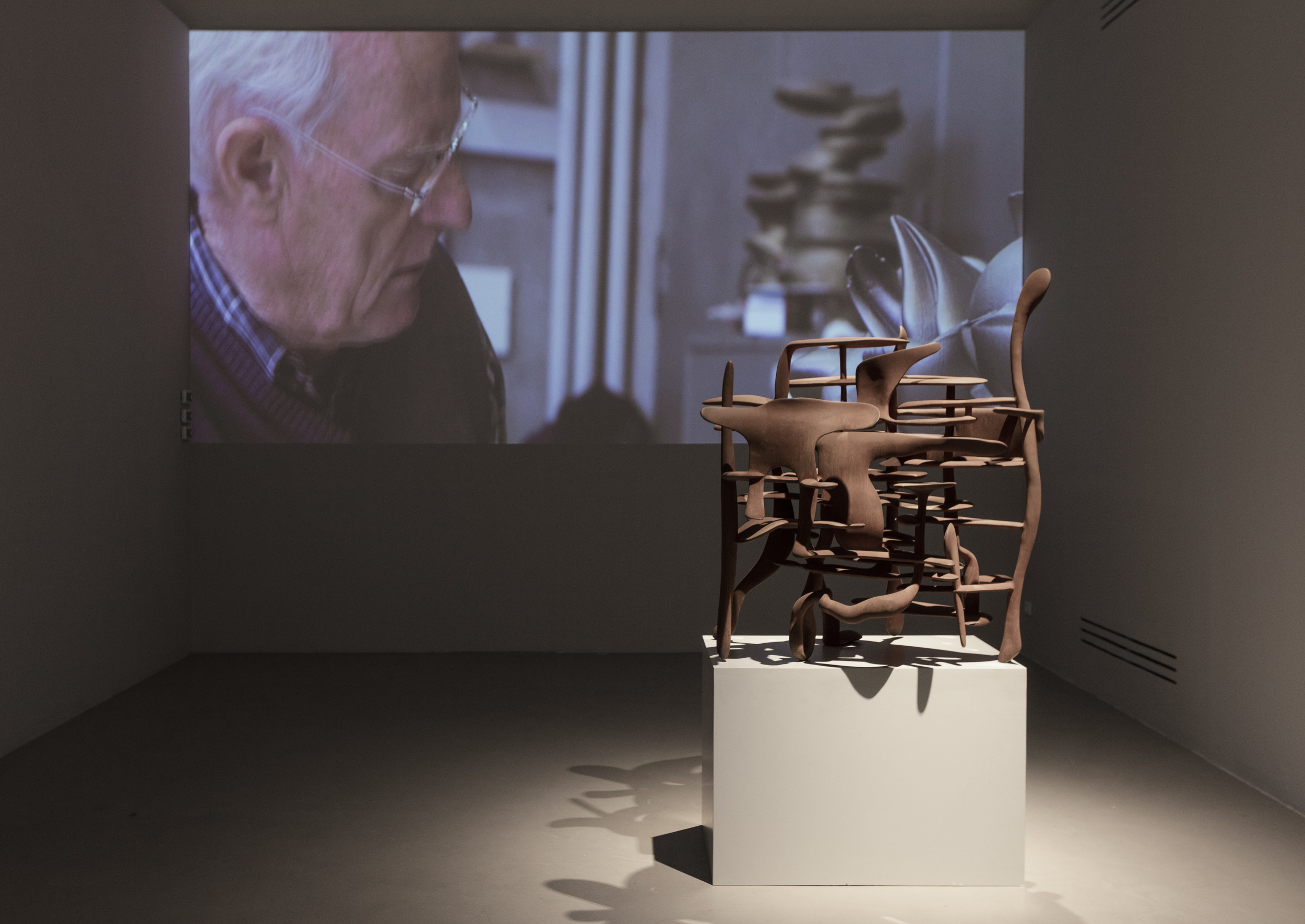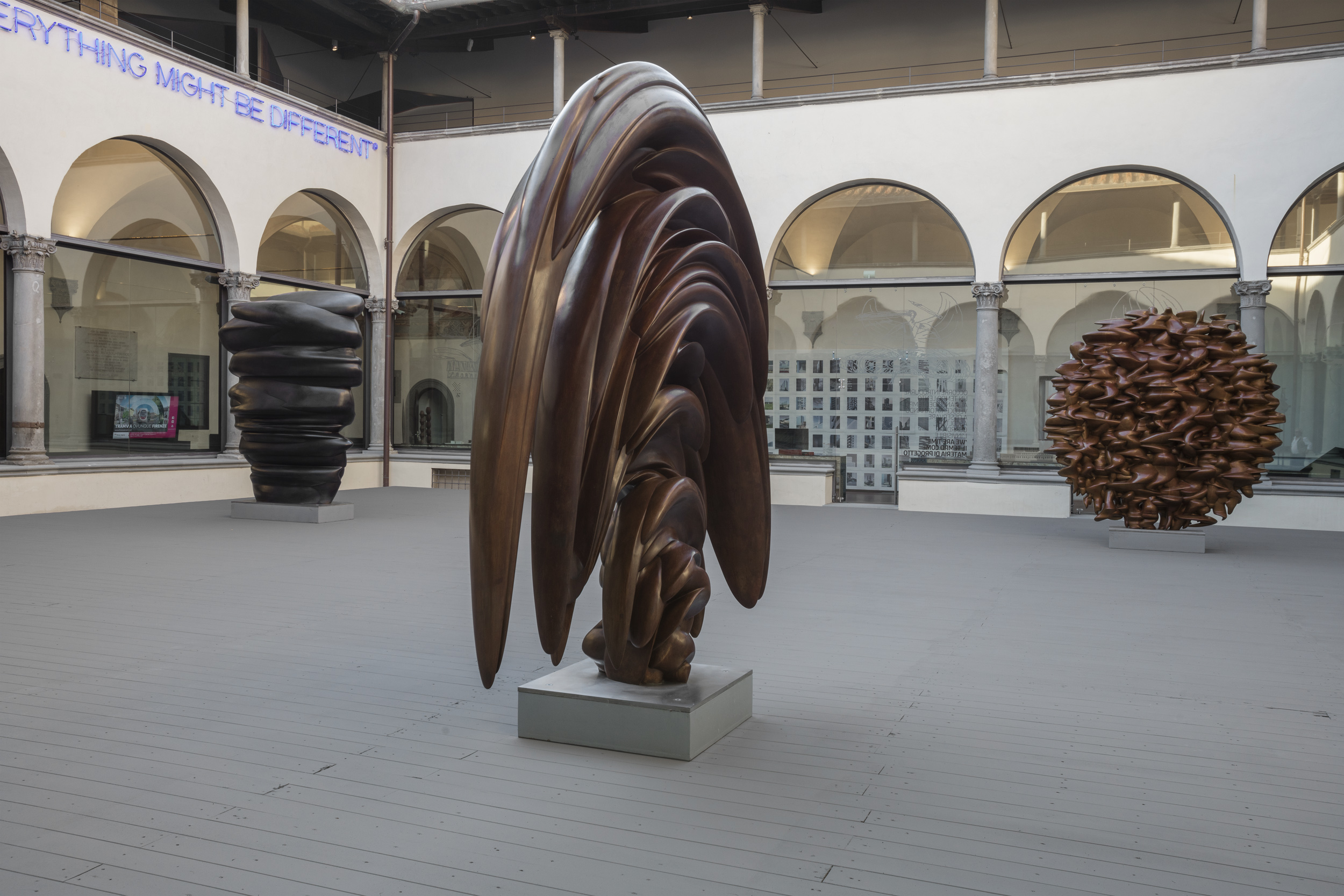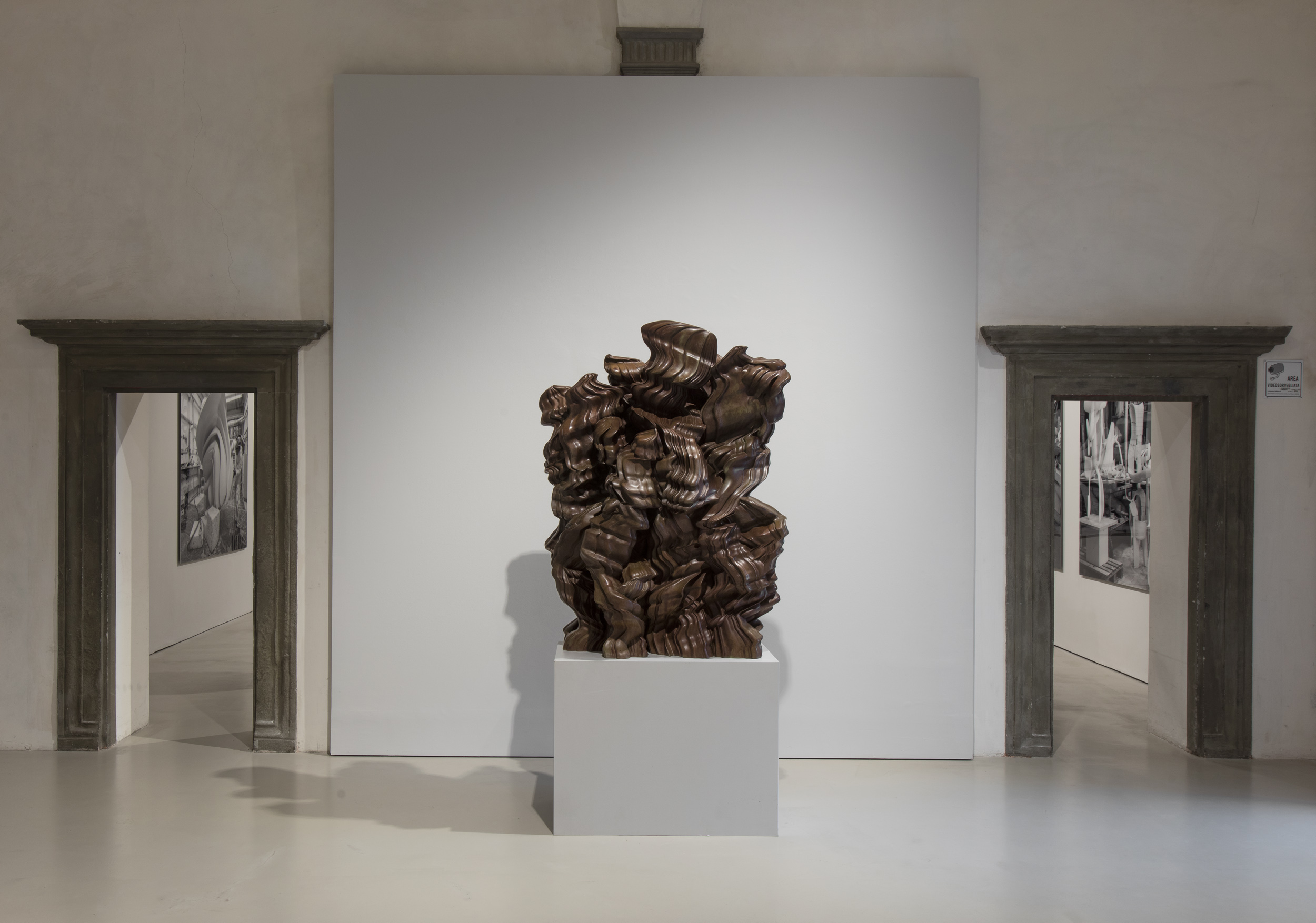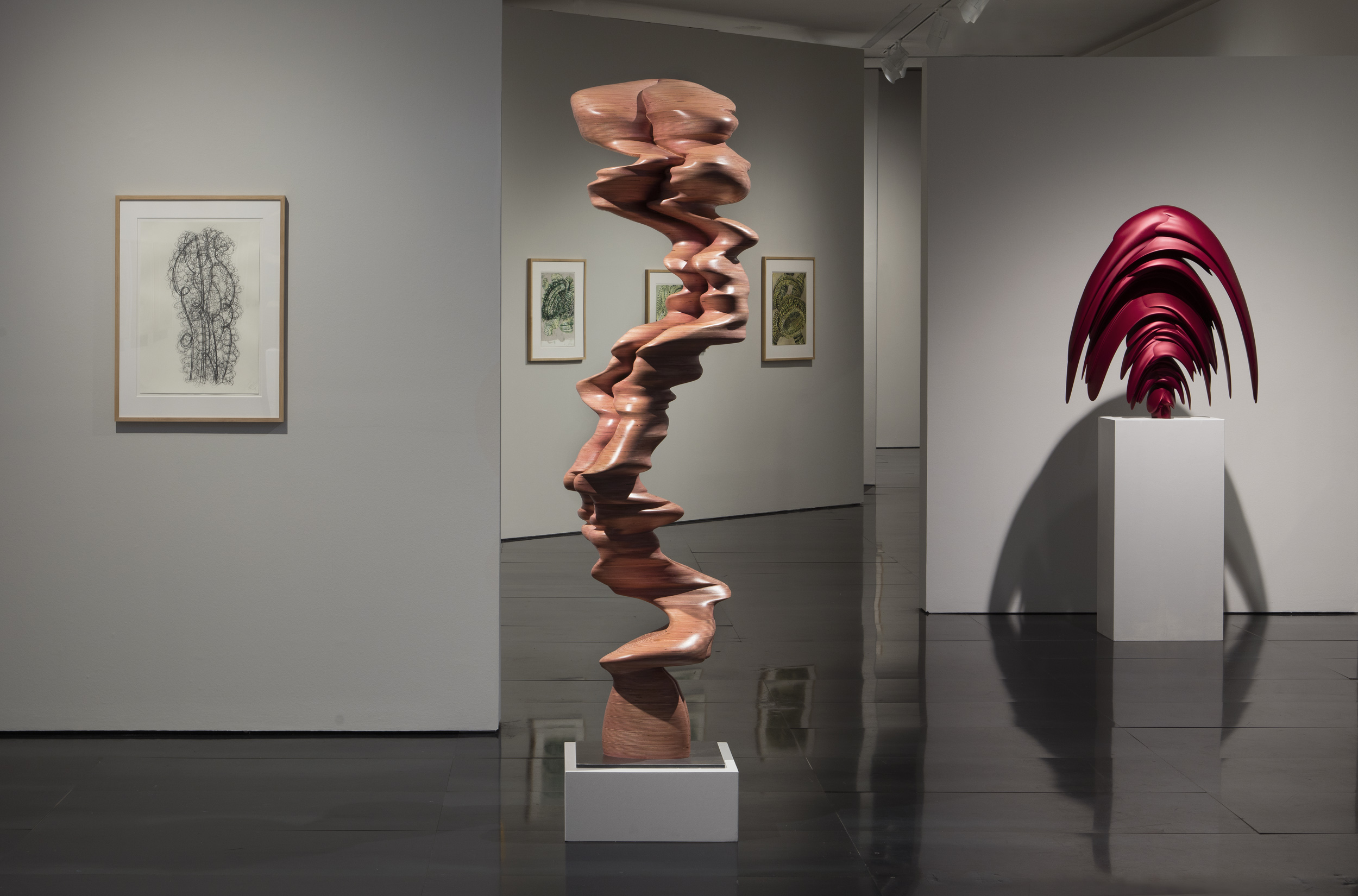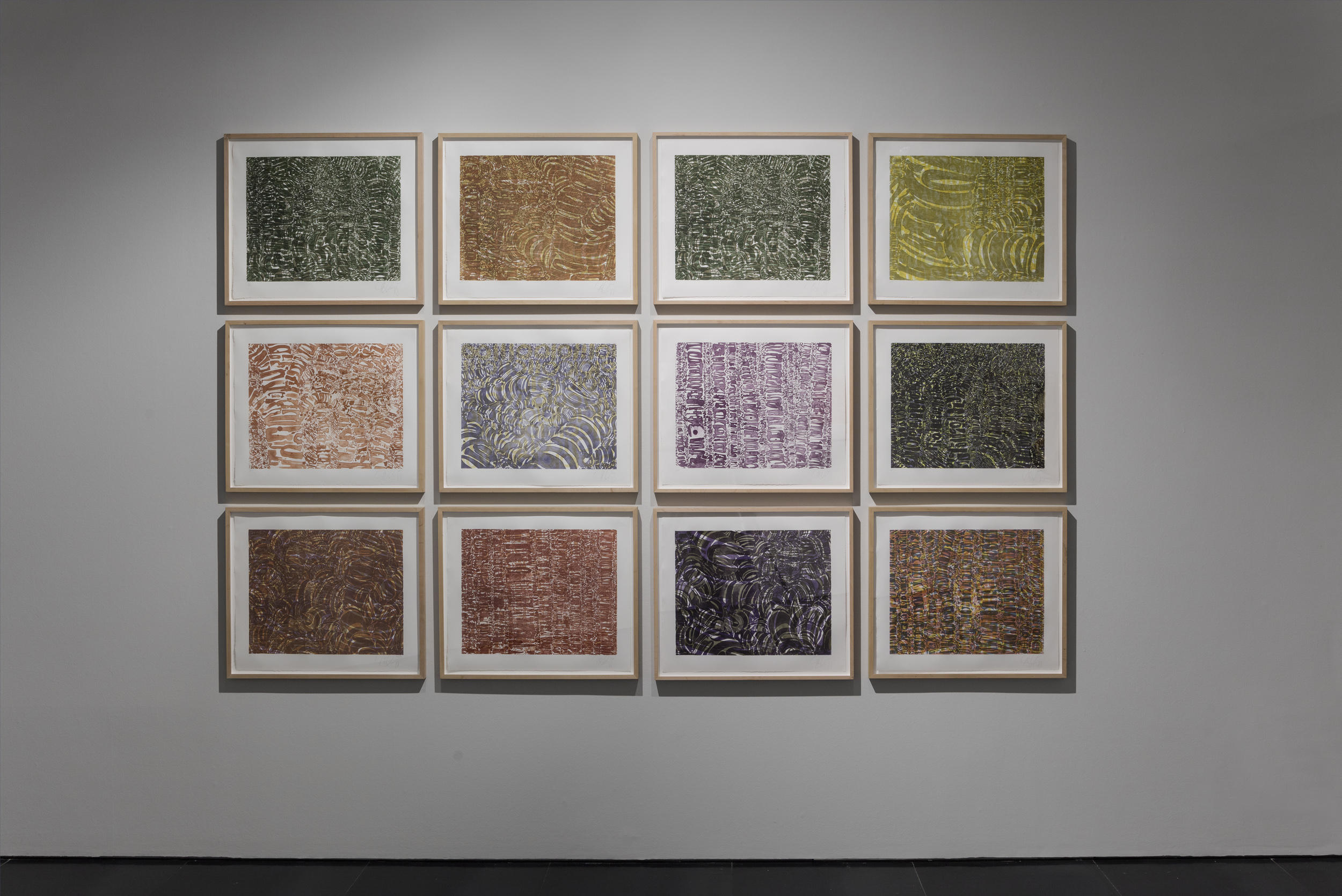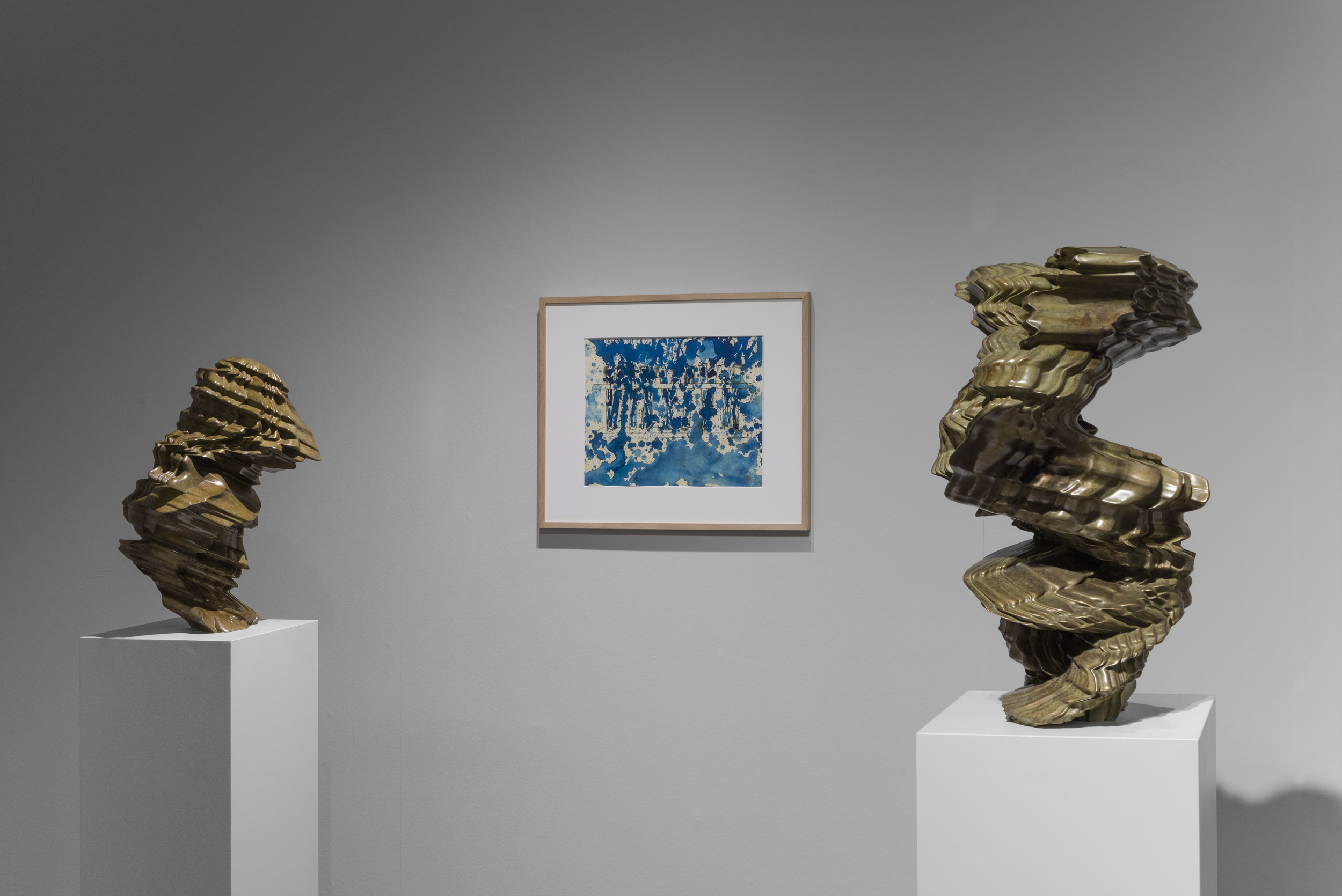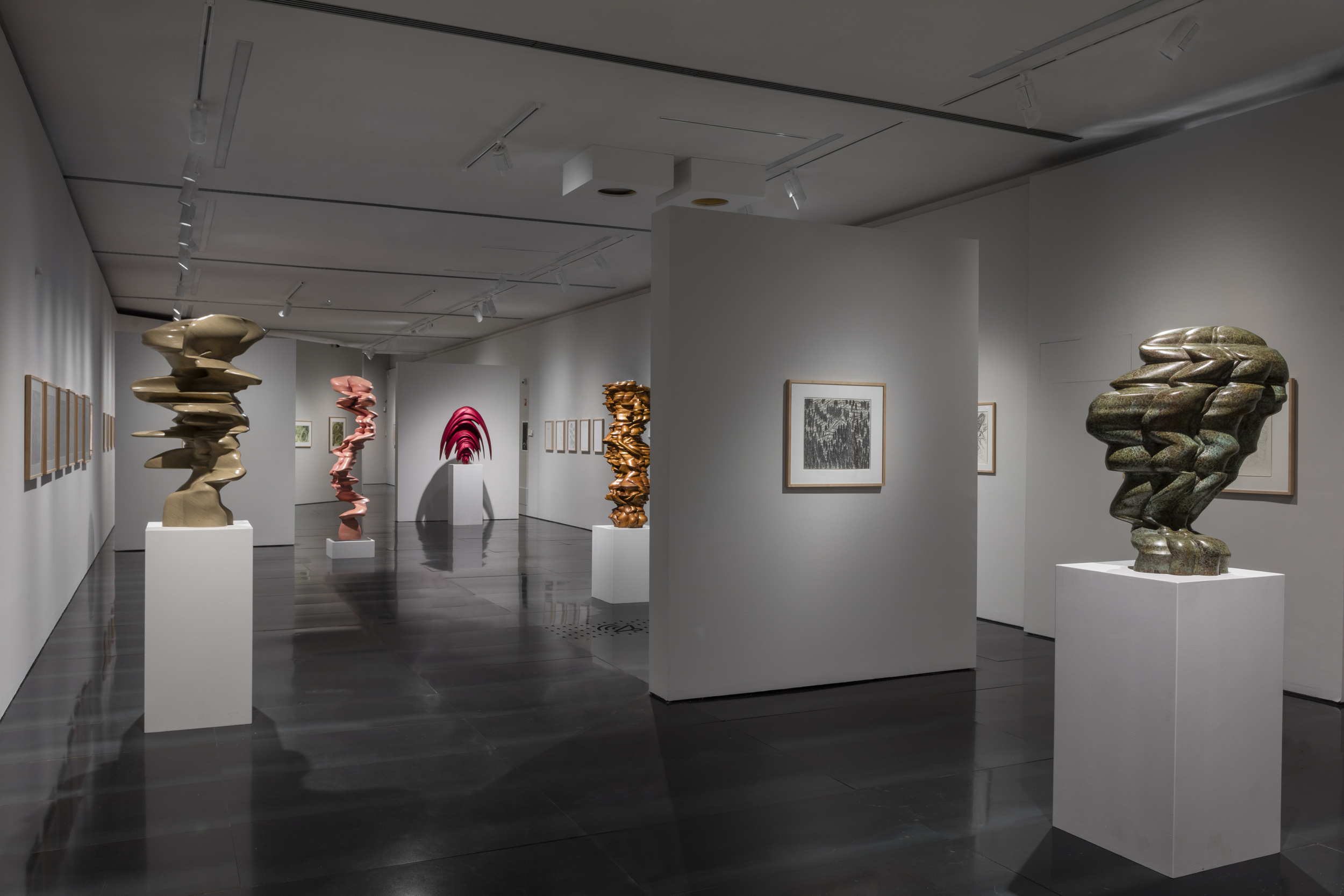Where and when
From
To
Museo Novecento
Altre sedi
The exhibition has been extended until February 5, 2023.
On the occasion of Florence Art Week, the Museo Novecento hosts one of the greatest exponents of international sculpture, Tony Cragg (Liverpool, 1949), who will be the protagonist of the great monographic TONY CRAGG. Transfer, curated by Sergio Risaliti and Stefania Rispoli, from 22 September 2022 to 5 February 2023.
Exhibition Hours
Museo Novecento
Monday – Sunday
11:00 am
–
8:00 pm
Thursday
Closed
The exhibition presents a selection of sculptures and works on paper by the English master, known above all for having contributed to a renewal of the plastic language thanks to the introduction of new materials and new techniques, among the most experimental and innovative of our time.
The project is absolutely unprecedented, designed as a mediation tool to present not only the artist’s works (sculptures and drawings) but also show his creative process. This special experience brings the visitor closer to contemplating and interpreting a world of original forms that amplify perceptions and imaginings between the natural world and artificial invention, between the organic and the technological. It is a chance to learn more about the work of a master who opened up new and unprecedented possibilities of expression in art, new strands of research and courageous experimentation with materials, technologies and sources of inspiration that have influenced generations of artists from the 1970s to the present.
All of Tony Cragg’s artistic research can be interpreted as a tribute to the infinite possibilities of form and that unlimited variety of solutions that only art, with nature, can evoke.
His earliest works, dating back to the late 1970s – an era of Minimalism, Conceptual Art, Land Art and Arte Povera – are assembled from common objects (such as tools, furniture, small artefacts and discarded materials) and influenced by the tradition of Duchamp’s ready-made and the Surrealist object trouvè. Later, his practice began to show the influence of philosophical studies and scientific research, leading him to experiment with the materials (bronze, resins, steel, plastic, chalk, wood, glass, household and industrial objects, organic and synthetic ones) and make sculptures that still combine craftsmanship with technology today, often using robotics.
In his works, Cragg draws from an inexhaustible source of inspiration by observing our surroundings: from nature with its organic compositions, to the crystalline structures of minerals; from digitally processed images to products artificially created in the laboratory; from archaeology to geology; from the history of art to biology. “Nature has produced wonderfully intricate shapes and structures for millions of years… it’s a diversity that fascinates me. We, on the other hand, produce rather simple, repetitive, easily reproducible shapes based on simple geometries”. This extreme curiosity for the ‘forms of the world’, whether natural or man-made, and faith in the expressive capacities of art, translates into an experimentation that sets no limits and is continuously seeking new visions.
The sculptures are generated by a root, a central structure that supports them, from which they unfold to generate many different branches, imitating what nature does with its forms: “I want to make a work that has the same intense effect that looking at Nature has on me. In this sense, I was fascinated by how the rational constructions underlying the forms translate into emotional qualities“. In the artistic process, Cragg continually takes, creates, manipulates and distorts the form, giving life to semantically ambiguous sculptures that, positioned between abstraction and figuration, can evoke complex natural landscapes, like the inlets of fjords, as well as giving us the illusion of representing a human figure or a familiar object.
The exhibition Transfer is a tribute to sculpture, that magnificent obsession that has been with Cragg from the outset. In fact, the exhibition rooms host a selection of small and medium-sized works as well as drawings and watercolours, to give an idea of his prolific and multifaceted practice. Organised according to stylistic and formal criteria, the more than eighty works reveal a coherence and organic quality inherent to all of Cragg’s work, showing an expressive language meticulously constructed over the years based on the idea that the creative process is also a journey of discovery. The artist always uses the same procedure – from the drawing to the choice of materials, experimentation with the technique, to the selection of the colour – working with the material and learning from it and its reactions. This way, the work unfolds only step by step in its making, revealing the infinite possibilities of form.
The works located between the ground floor and the first floor of the Museo Novecento are flanked by the first three monumental sculptures exhibited in the cloister of the museum (Versus, Masks, Spring) and one in the Courtyard of the Men of the Istituto degli Innocenti (Stack) , which interact with the architecture of the places conceived in the Renaissance as environments dedicated to retreat and meditation. Once again, the collaboration between the Museo Novecento and one of the most ancient city institutions is renewed, under the banner of the contamination between ancient and contemporary, between past and present of art.
The exhibition is conceived as a mediation tool as well as an exhibition, aimed at recounting the artist’s creative process and working method. In this sense, the rooms on the second floor host a number of drawings conceived as basic preparatory tools for making the sculpture, while those on the ground floor, through the staging, the artist’s studio, replicate a place of creation but also life. In Wuppertal in Germany, where he moved at the end of the 1970s, Cragg created a design space conceived as a veritable citadel of art, a scientific laboratory with technicians and artisans working simultaneously on several pieces and taking turns in workshops testing the limits and capabilities of techniques and materials. Not far from there, in 2008, he founded the Skulpturenpark Waldfrieden, an outdoor sculpture park that exhibits works by many contemporary artists, including his own, bearing witness to his ongoing dedication to sculpture in the broadest sense.
TONY CRAGG (Liverpool, 1949)
After graduation, he worked for two years as a laboratory technician in the field of biochemical research. During this period, he began drawing and was admitted in 1969 to the Gloucestershire College of Art and Design and later to the Wimbledon School of Art. In 1973, he enrolled at the Royal College of Art in London, where he focused on sculpture. Before he started to work with traditional materials such as stone, iron and bronze, his works were conceived as assemblages of discarded elements and objets trouvés and his research was influenced by Minimalism and Land Art. In 1976, he began teaching at the École des Beaux-Arts in Metz and the following year he moved to Wuppertal, the birthplace of his first wife, where he still lives today and where, in 2008, he founded the Skulpturenpark Waldfrieden, an outdoor sculpture park that exhibits works by many contemporary artists, including his own. From 1978 to 1988, he taught at the Düsseldorf Academy of Art, and later in Berlin at the University of the Arts where he taught sculpture. In 2006, he was in Düsseldorf at the Academy of Art, where he was director from 2009 to 2014.
From 1977 onwards his work has been presented in major museums and institutions throughout the world, and his works are today in the most important collections of public and private art. He has been represented several times at the Venice Biennale and at Documenta in Kassel, as well as at the São Paulo and Sydney biennials. In 1988, he was awarded the Turner Prize. After receiving several honorary doctorates and many other eminent awards, he was appointed Commander of the Order of the British Empire in 2003. In 2007, he was awarded the Imperial Praemium by the Imperial Court of Japan as one of the greatest present-day sculptors.
Artist
Tony Cragg
Liverpool, 1949
Curated by
Sergio Risaliti
Stefania Rispoli
Scientific Coordination, Set Up and Logistics
Francesca Neri
Press
Costanza Savelloni
Social
Giulia Spissu
Visual Identity
Archea Associati
Cultural Mediation
Mus.e
Organization
Ilaria Nerli
Ph Credits
Serge Domingie
